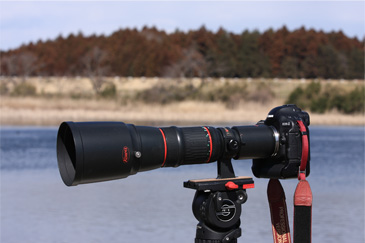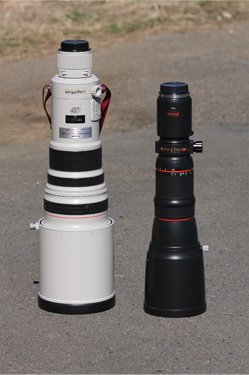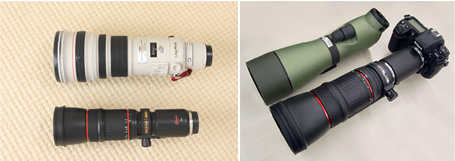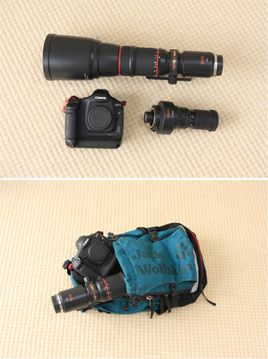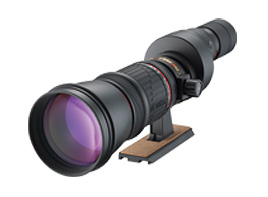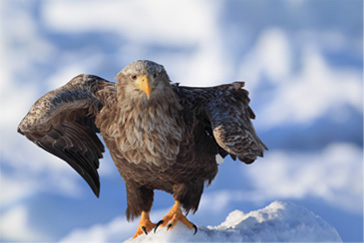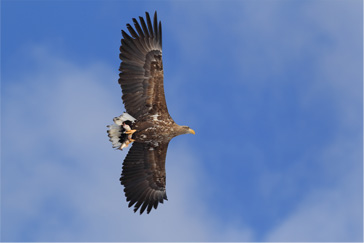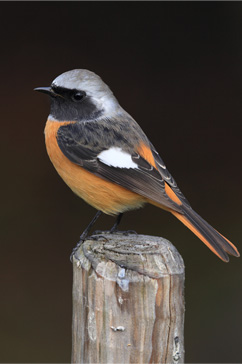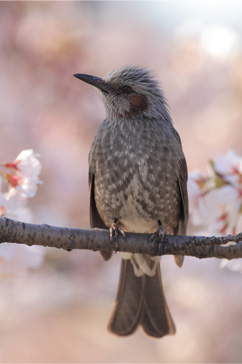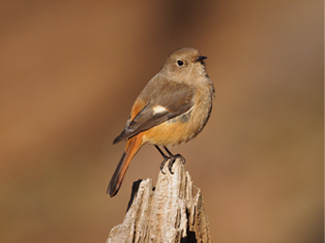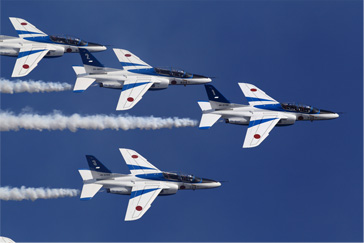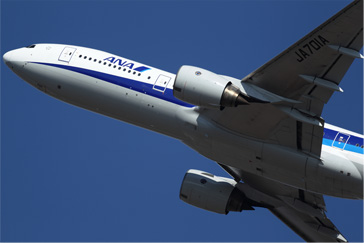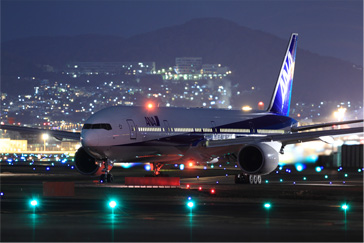A large-aperture super-telephoto lens can be called the standard lens for photographing wild birds, but in exchange for its high resolution it also has the demerits of being large, heavy, and expensive.
Particularly in the 500mm F4 class lenses used by many wild bird photographers, their length of approximately 40cm, weight of around 4kg, and price of 1 million yen means they are not items that can be easily handled. Although small-aperture zoom lenses provide an alternative that covers the range up to 400-500mm class lenses, it is no exaggeration to say that there will be no possibility to achieve satisfactory picture quality using these lenses.
Koji Nakano's Telephoto Lens/Scope PROMINAR Report
- Vol.01
- First Impressions of using the PROMINAR 500mm F5.6 FL
- PROMINAR 500mm F5.6 FL / TX10
The example photographs on this website were taken using the PROMINAR 500mm F5.6 FL.
